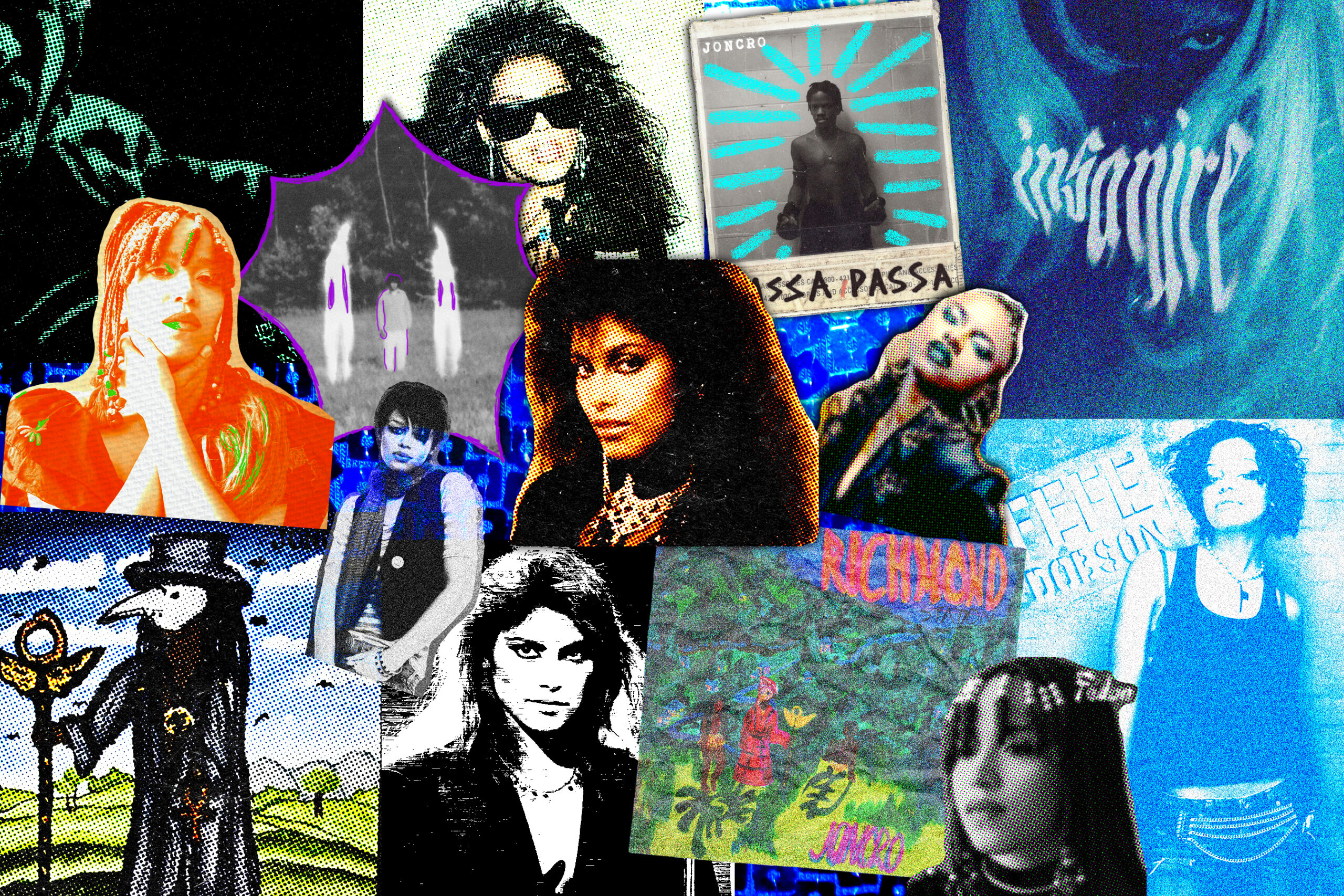David Cronenberg’s adaptation of Stephen King’s prophetic novel
By, Federico S. Gutierrez
(Still image of The Dead Zone, courtesy of IMDB.)
What if you had a chance to change destiny? Such is the dilemma the hero of The Dead Zone is faced with.
Johnny Smith was your average elementary school English teacher who seemed to have his life figured out. He was engaged to Sarah, a fellow teacher until a devastating car accident leaves him in a coma. Johnny wakes up five years later to find that the world has moved on without him, including Sarah who has married and had a son with another man. But Johnny finds that he’s woken up with the gift of second sight that allows him to see the future of the people that touch him. It’s an ironic turn of events, that the man with the power to see the future of others was unable to see his own in order to protect what he loved the most.
Based on Stephen King’s novel published in 1979, The Dead Zone may rank as one of King’s lesser-known adaptations, however it’s one that deserves most of the attention. Released in 1983, the film also marked the first time that Torontonian director David Cronenberg was given the chance to work with first rate actors, mainly the Academy Award-winning Christopher Walken as the psychic protagonist, Johnny Smith, and Martin Sheen playing the scandalous politician and soon-to-be-president, Greg Stillson. What elevates The Dead Zone over the canon of King adaptations is its compelling human drama at the core of Johnny Smith. Walken breathes life into the character, and despite the supernatural elements of the story, the film remains grounded in reality as we see Johnny struggle with his new abilities that alienate him from the rest of the community.
Moving at a relentless pace, The Dead Zone begins as a supernatural melodrama as we get accustomed to how Johnny balances his life with his new powers. His visions allow him to warn people, thus saving them from their upcoming tragedies. However, those visions come at a price as he gets weaker and weaker with each vision. Eventually, after he assists the local police to identify a serial killer on the loose, Johnny realizes that his powers are not a curse, but a gift.
The second half of the movie takes a darker turn and evolves into what feels like a prophecy to today’s American turbulent political climate. Here’s where the character of Stillson comes into play. He is a suave man dressed in expensive clothes, his power is that of addressing a rowdy crowd and turning them into loyal fans for his cause. During one of his rallies, Johnny comes into contact with Stillson and suddenly has a vision of the future: Stillson, now president of the United States, furiously pushing the button that launches nuclear missiles, unleashing the Third World War as he claims that it is his destiny. . This scene may be the chilliest, scariest one that I have seen in a Stephen King adaptation for the sole reason of how prescient it feels.
(Still image of The Dead Zone, courtesy of IMDB.)
King has been outspoken about the eerie resemblance his fictional creature Greg Stillson shares with Donald Trump, particularly his explosive desire for power. In an interview King gave to NowThis News in 2019, he states how Trump sitting as American president is “scarier than any of my novels.”
Considering the recent siege of the Capitol by hardcore Trump loyalists, it feels like an abominable future has been avoided, and American politics has seemingly veered towards a righteous path with president-elected Joe Biden set to take office on January 22.
Cronenberg lends his Canadian gaze into the story as a detached observer. The Dead Zone may offer the least grotesque imagery from any of Cronenberg’s films, stepping away from his early fascination with viscera exploding out of human bodies. Instead, Cronenberg directs this cautionary tale of political anxiety as an intimate character study of a lonely man learning to channel his abilities towards a noble, selfless cause.
The film takes place in King’s fictional town of Castle Rock, the town that sets most of his novels. Given the seemingly eternal winter that serves as the backdrop of the story, which also functions to enhance Johnny’s perpetual melancholia, Cronenberg shot the film around the Toronto area. For example, early in the film before the events of the accident, Johnny takes Sarah for a fun day at the local amusement park, which is actually a newly opened Canada’s Wonderland. In another later scene, when the police have recruited Johnny for help in identifying a local serial killer, we get glimpses of Niagara-on-the-Lake. A gazebo which was built for the production of the film was eventually donated and can still be found there.
(Still image of The Dead Zone, courtesy of IMDB.)







